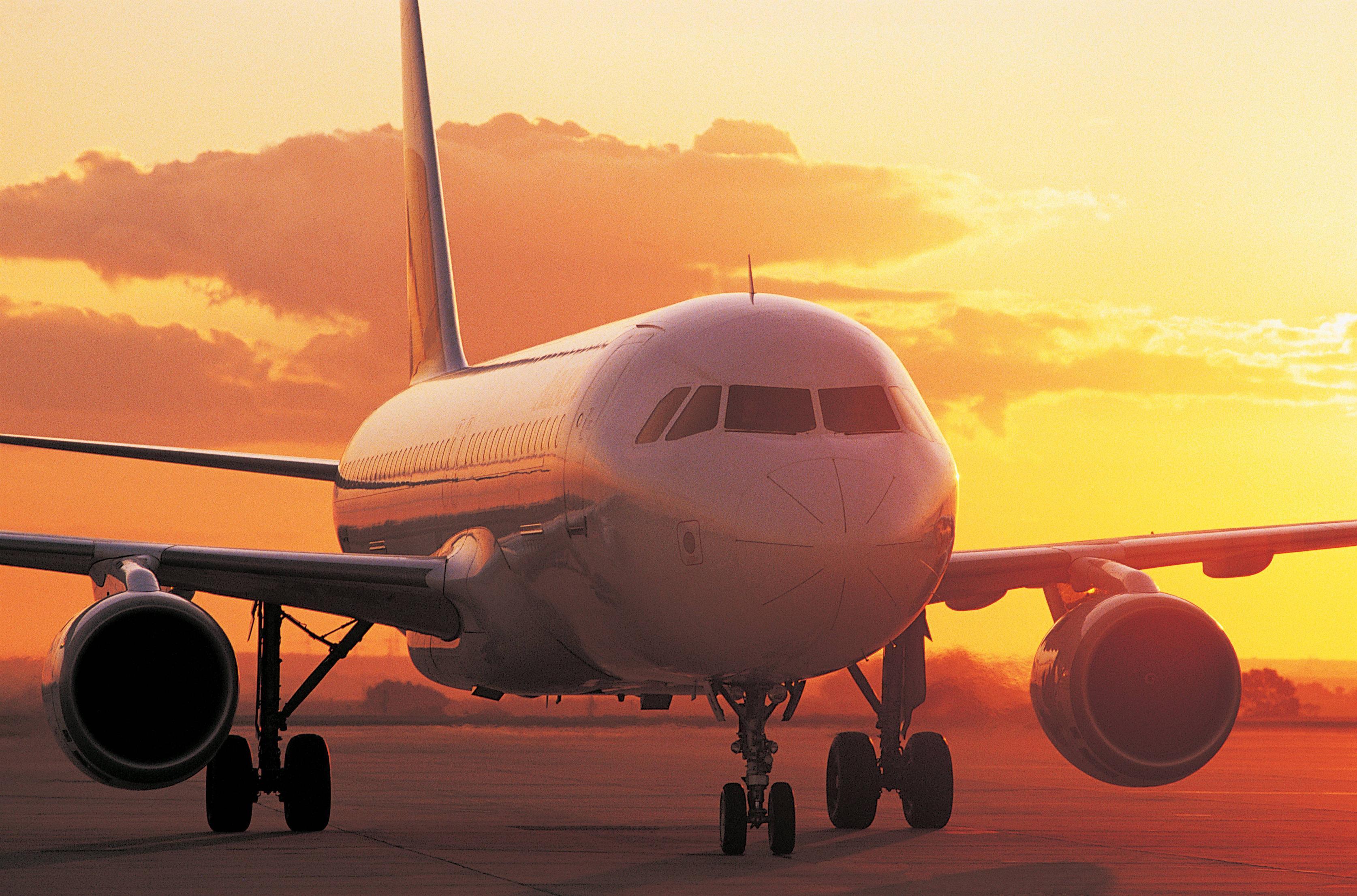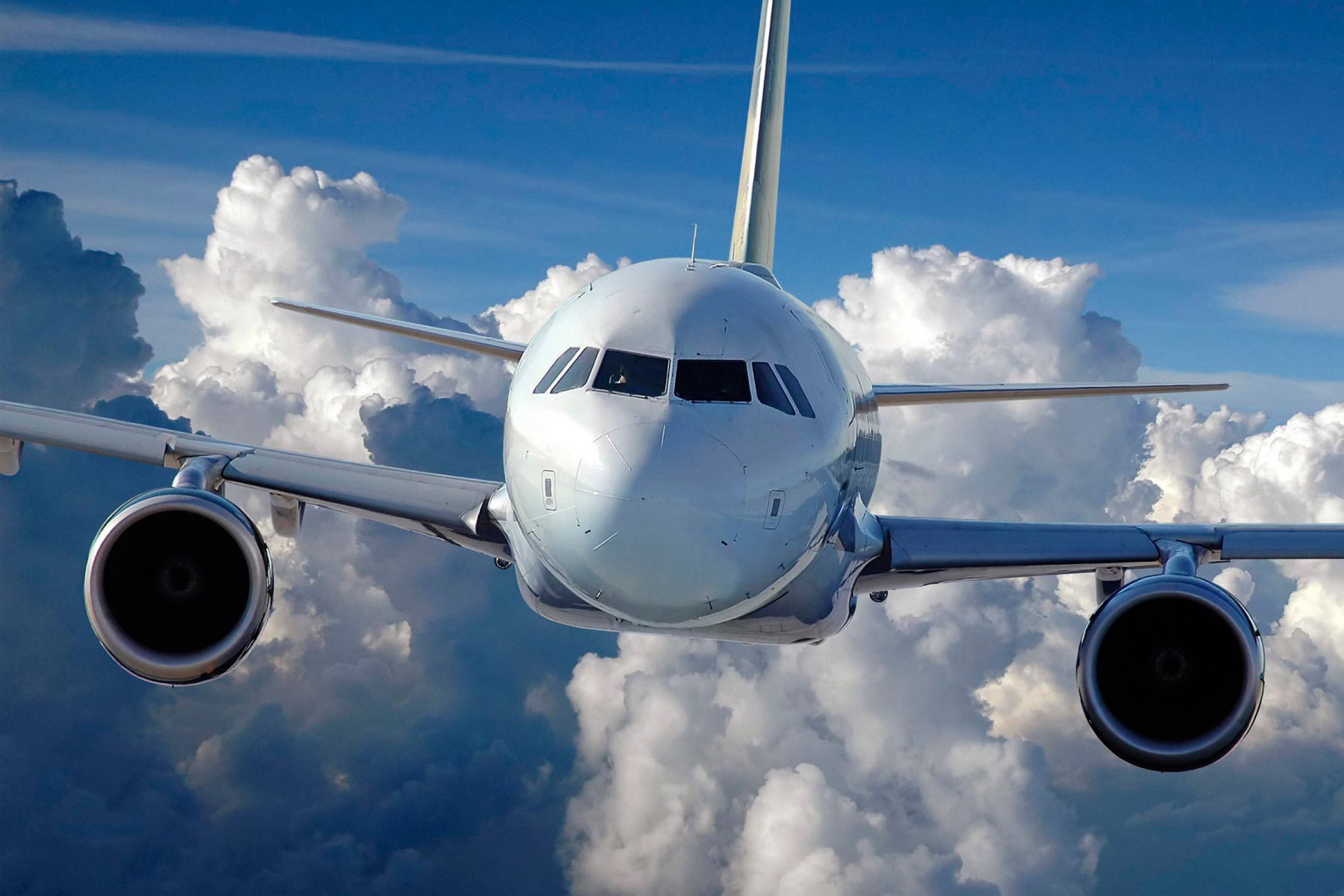Understanding Plane Incidents In Boca Raton: A Look At Aviation Safety
When you hear about a plane incident, especially one close to home like a potential plane crash in Boca Raton, it's pretty natural to feel a bit of a jolt. This kind of news, you know, really captures our attention, and it makes us wonder about what actually happened, who was involved, and what steps are taken to keep us safe in the sky. There's a lot that goes into flying, and when something unexpected happens, it brings up a whole host of questions for everyone, so it's almost a given that people want to know more.
Actually, our fascination with flight, and with incidents that happen during flight, isn't new at all. Think about the movie "Plane," which was released in the United States on January 13, 2023. That film, starring Gerard Butler, Mike Colter, and Tony Goldwyn, tells a very dramatic story about a pilot who suddenly finds himself in a war zone after having to land his commercial aircraft. It got some pretty good reviews from critics, and it did quite well at the box office, grossing $74.5 million worldwide on a $25 million budget, so that really shows how much interest there is in these kinds of high-stakes aviation stories.
But beyond the big screen drama, there's a very real and serious side to aviation safety. When an actual plane reports a possible incident, perhaps with its landing gear during takeoff, or if passengers need to evacuate onto the runway via emergency slides, it highlights the incredible engineering and precise procedures that are typically in place. This article aims to pull back the curtain a little on what happens during these situations, how investigators work, and what keeps our aircraft flying, all while keeping the focus on how these things might relate to a community like Boca Raton.
Table of Contents
- What Happens When a Plane Incident Occurs?
- The Anatomy of Flight: What Keeps Planes in the Air?
- When Things Go Wrong: Common Incidents and Investigations
- Technology and Transparency in Aviation
- The Human Element in Aviation Safety
- Frequently Asked Questions About Plane Incidents
- Staying Informed About Aviation Safety
What Happens When a Plane Incident Occurs?
When an aircraft, perhaps a commercial airliner or even a smaller private plane, experiences an issue, the first priority is always the safety of those on board and on the ground. You know, like when a plane might report a problem with its landing gear right after starting its journey. In such a case, passengers on an American Airlines flight, for example, have sometimes had to get off the plane quickly using emergency slides right there on the runway, and that's a pretty intense experience for everyone involved, as a matter of fact.
This quick evacuation, you see, is a well-rehearsed procedure designed to get people to safety as fast as possible. Ground crews and emergency services are usually on standby, ready to respond at a moment's notice. It’s a testament to the extensive training that flight attendants and pilots go through, ensuring they can manage such a critical situation with calm and effectiveness, which is quite important, really.
After the immediate danger is handled, the focus shifts to understanding what went wrong. This is where the work of investigators begins, trying to piece together the events that led to the incident. They look at everything, from the aircraft's history to the weather conditions, trying to find the answers. This whole process is very thorough, you know, because every detail matters when it comes to figuring out how to prevent something similar from happening again.
The Anatomy of Flight: What Keeps Planes in the Air?
It's honestly easy to just take for granted the amazing physics that allow a plane to fly, and how we use those principles to get aircraft up into the sky. We often see a plane soaring overhead without really thinking about the complex systems that make it possible. Airplanes, you know, come in a very wide range of sizes, shapes, and wing setups, each designed for specific uses, whether it's for fun, moving goods and people, military operations, or even research, so there's a lot of variety out there.
The essential parts of any airplane are, pretty much, a wing system to keep it up in the air, tail surfaces to make the wings steady, movable parts to control how the plane moves while flying, and a power source. Each of these parts plays a crucial role in making flight possible and keeping it stable. It's a very delicate balance, actually, where every component works together.
Thrust: The Heartbeat of Motion
Without thrust, a plane simply has no motion, and without motion, it has no lift. Thrust is, in a way, the very heartbeat of flight, because it allows the wings to do their job and helps the plane gain altitude. This force, created by engines, pushes the aircraft forward through the air. It's really the starting point for everything else that happens in flight, you know, making the plane move fast enough to generate the necessary forces.
The amount of thrust needed depends on the plane's size, its weight, and what it's trying to do, like taking off or climbing. Engines are designed to provide just the right amount of push for different flight phases. This careful calculation is pretty important, as a matter of fact, to ensure the plane can perform as expected and safely.
Lift: The Wings' Work
The wings are the parts that generate most of the lift, which is the force that holds the plane up in the air. To create lift, the airplane has to be pushed through the air, and as it moves, the air resists this motion, creating what we call aerodynamic drag. The shape of the wings, which are typically curved on top and flatter on the bottom, causes the air flowing over them to move faster than the air flowing underneath. This difference in speed creates a pressure difference, and that's what pushes the plane upwards, basically.
Pilots can adjust the amount of lift by changing the angle of the wings relative to the air, or by using flaps and slats on the wings. These movable surfaces change the wing's shape, allowing for more lift at slower speeds, which is really helpful during takeoff and landing. It's a pretty clever design, you know, that makes flight possible.
Other Key Components
Beyond thrust and lift, other components are truly vital. The tail surfaces, for instance, provide stability, keeping the plane from wobbling too much. Movable surfaces like ailerons, elevators, and rudders allow the pilot to control the plane's attitude in flight, letting it turn, climb, or descend. These parts work together in a very coordinated way, ensuring precise control, which is quite critical for safe operations.
The power system, whether it's jet engines or propellers, is what generates the thrust. These systems are incredibly complex, with many redundant features to ensure reliability. Every single component, from the smallest bolt to the largest engine, is designed and tested to meet very strict safety standards, so there's a lot of thought put into it, you know.
When Things Go Wrong: Common Incidents and Investigations
Even with all the careful design and rigorous testing, incidents can still happen. When they do, plane crash investigators really home in on every little detail to figure out what went wrong. They are, you know, like very dedicated detectives, looking for clues that can explain the sequence of events. It's a very detailed process, and it often takes a lot of time to get all the answers.
Sometimes, the issues are mechanical, like a problem with a specific part. Other times, they might involve external factors, such as weather, or even human factors. The goal is always to learn from every incident, no matter how small, to make flying even safer in the future. This continuous learning is a pretty big part of aviation safety, actually.
Landing Gear Concerns
As mentioned earlier, a possible incident with the landing gear during takeoff can be a serious issue. The landing gear is, you know, pretty essential for safe takeoffs and landings, supporting the plane's weight on the ground. If it doesn't retract properly or if there's a fault, it can lead to very challenging situations for the pilots. Pilots are trained extensively to handle such emergencies, often having to make difficult decisions very quickly.
These kinds of incidents often result in an immediate return to the airport, sometimes requiring an emergency landing. The procedures for these situations are well-established, involving air traffic control, ground emergency services, and the flight crew working together seamlessly. It’s a very coordinated effort, you know, to ensure everyone's safety.
The Role of Altitude Readings
Another area that investigators sometimes focus on is incorrect altitude readings. Tests have, for instance, raised questions about whether instruments in an Army Black Hawk helicopter may have led pilots to misjudge their height. This kind of issue can be incredibly serious, as accurate altitude information is absolutely critical for safe flight, especially when flying in challenging conditions or near terrain. A pilot needs to know exactly how high they are at all times, so this is pretty important, you know.
Modern aircraft have redundant systems for measuring altitude, but even with backups, instrument failures can occur. Investigators look at the aircraft's black boxes, which record flight data and cockpit conversations, to understand what information the pilots were receiving and how they responded. This helps them pinpoint if instrument errors played a role, which is a key part of the investigation, really.
The Investigation Process
When plane crash investigators home in on incorrect altitude readings, or any other potential cause, their work is incredibly thorough. They collect all available data, which includes flight recorder information, air traffic control communications, maintenance records, and witness statements. They might even reconstruct parts of the incident using simulators or computer models. It's a very detailed and scientific process, honestly.
The goal is not to assign blame, but rather to understand the chain of events that led to the incident. This understanding then helps aviation authorities issue new safety recommendations, update training protocols, or even redesign aircraft components. It's all about making sure that similar incidents don't happen again, which is, you know, the ultimate aim of these investigations.
Technology and Transparency in Aviation
In our connected world, technology plays a big part in both understanding and improving aviation safety. Tools that track flights in real-time or simulate flight conditions are pretty valuable for everyone, from aviation enthusiasts to safety experts. This transparency, you see, helps keep the public informed and supports ongoing safety efforts, which is quite beneficial, really.
For example, you can learn more about aviation history and its impact on our site, which gives you a broader context for understanding how far flight has come. And if you're curious about specific incidents or safety reports, you can always check out resources like the National Transportation Safety Board's website, which is a very good place for detailed information.
Live Flight Tracking
Flightradar24 is, for instance, a very well-known live flight tracker that shows air traffic in real-time. It offers really good coverage and some pretty cool features, allowing anyone with an internet connection to see planes moving across the globe. This kind of tool is not just for plane spotters; it's also used by airlines, airports, and even emergency services to monitor flights. It provides a real-time picture of what's happening in the skies, which is quite helpful, actually.
This transparency can be especially helpful during an incident, as it allows for quick dissemination of information and helps confirm the location of an aircraft. It's a way for the public to feel a little more connected to what's happening in the air, you know, and to see the sheer volume of air traffic that operates safely every single day.
Flight Simulators for Training
Another interesting piece of technology is the flight simulator. Geofs, for instance, is a free flight simulator that uses global satellite images and runs right in your web browser or as a mobile app. While Geofs is more for general users, professional flight simulators are incredibly sophisticated tools used for pilot training. These simulators can replicate almost any flight condition, from normal operations to extreme emergencies, allowing pilots to practice handling challenging situations without any real risk. This kind of training is pretty important, you know, for building experience and confidence.
Pilots can practice emergency landings, engine failures, and instrument malfunctions over and over again until their responses become second nature. This repetitive training in a safe environment helps them develop the muscle memory and decision-making skills needed to react effectively when a real incident occurs. It's a very effective way to prepare for the unexpected, actually.
The Human Element in Aviation Safety
While technology and engineering are absolutely critical, the human element remains at the core of aviation safety. Pilots, air traffic controllers, maintenance crews, and flight attendants all play a very vital role in ensuring safe flights. The pilot, for example, finds himself caught in a war zone after being forced to land his commercial aircraft in the movie "Plane," and while that's a dramatic fictional scenario, it highlights the immense responsibility and skill required of pilots in real life, too.
Pilots undergo years of rigorous training, constantly updating their skills and knowledge. They are taught to be calm under pressure, to make quick and informed decisions, and to prioritize safety above all else. Their ability to respond effectively to unexpected situations can make all the difference, you know, in the outcome of an incident. It's a very demanding job, honestly.
Passengers, too, have a part to play. Paying attention to safety briefings and following crew instructions can be pretty important during an emergency. The quick evacuation onto the runway via emergency slides, for instance, relies on passengers following directions efficiently. It's a team effort, really, to ensure everyone's well-being.
Frequently Asked Questions About Plane Incidents
When news of a plane incident, like a potential plane crash in Boca Raton, comes up, people naturally have a lot of questions. Here are some common ones that come up, you know, about what typically happens in these situations.
What typically causes plane incidents like those seen in Boca Raton?
Plane incidents can stem from a variety of causes, actually. These might include mechanical failures, such as issues with the landing gear or engine problems. Sometimes, environmental factors like severe weather conditions play a role. Human factors, like pilot error or air traffic control miscommunications, can also contribute. Often, it's a combination of several factors that leads to an incident, so it's rarely just one thing.
How do investigators figure out what went wrong in aircraft incidents?
Investigators, like those who home in on incorrect altitude readings, use a very systematic approach. They gather evidence from the crash site, analyze flight data recorders (black boxes) and cockpit voice recorders, review air traffic control communications, and examine maintenance records. They also interview witnesses and personnel involved. This very thorough process helps them piece together the sequence of events and identify the root causes, which is pretty important, you know.
What safety measures are in place at airports to prevent these kinds of events?
Airports and airlines have many safety measures in place. These include strict maintenance schedules for aircraft, rigorous pilot training programs that use simulators, and advanced air traffic control systems. There are also emergency response plans, like those for passenger evacuations onto runways, and continuous monitoring of weather conditions. Regular safety audits and updates to procedures are also a very big part of preventing incidents, honestly.
Staying Informed About Aviation Safety
Understanding the complexities of flight and aviation safety helps us appreciate the incredible work that goes into keeping us safe in the air. While incidents do happen, they are, you know, relatively rare, and the industry is constantly learning and improving. Staying informed about how planes work, how incidents are investigated, and the safety measures in place can provide a much clearer picture than what you might see in dramatic movies.
For more insights into the mechanics of flight and how planes stay in the air, you can also check out this page about the physics of flight. It's a pretty interesting topic, and it really shows how much science goes into every journey. The next time you glimpse a plane in the sky, you might have a greater appreciation for all that goes into its journey, which is kind of cool, really. The dedication to safety, honestly, is a continuous effort, always aiming for better ways to protect everyone who flies, and that's a good thing, you know.

Wallpapers Of Aeroplanes - Wallpaper Cave

Plane Wallpapers Images Photos Pictures Backgrounds

Why Is "Airplane" Also Spelled “Aeroplane"? | Reader's Digest